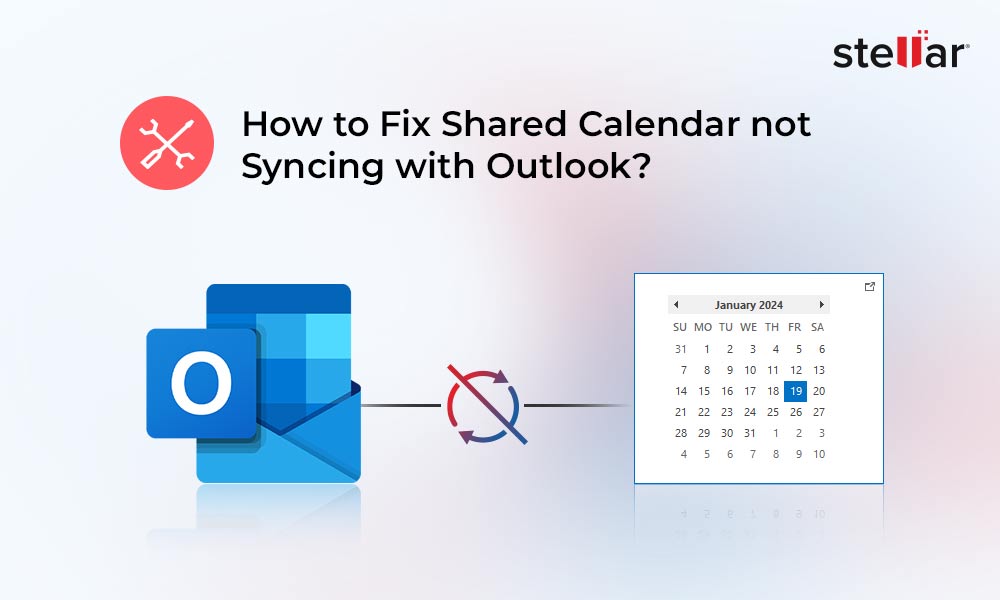Syncing Your Outlook Calendar With Salesforce: A Complete Information
Syncing Your Outlook Calendar with Salesforce: A Complete Information
Associated Articles: Syncing Your Outlook Calendar with Salesforce: A Complete Information
Introduction
On this auspicious event, we’re delighted to delve into the intriguing subject associated to Syncing Your Outlook Calendar with Salesforce: A Complete Information. Let’s weave attention-grabbing info and supply recent views to the readers.
Desk of Content material
Syncing Your Outlook Calendar with Salesforce: A Complete Information

Sustaining a unified view of your schedule and buyer interactions is essential for gross sales success. Juggling separate calendars – one for private appointments and one other for Salesforce actions – can result in scheduling conflicts, missed alternatives, and decreased productiveness. Happily, seamlessly syncing your Outlook calendar with Salesforce is achievable, considerably enhancing effectivity and enhancing knowledge accuracy. This text explores numerous strategies for attaining this synchronization, highlighting their execs and cons that will help you select one of the best method to your wants.
Why Sync Your Outlook Calendar with Salesforce?
Earlier than diving into the how-to, let’s reiterate the important thing advantages of connecting your Outlook and Salesforce calendars:
- Centralized Scheduling: Keep away from double-booking by managing all appointments – private and business-related – in a single, consolidated view. This reduces the danger of conflicting appointments and ensures you are all the time ready.
- Improved Time Administration: Entry your full schedule, together with Salesforce occasions like conferences with shoppers or inside technique periods, straight inside Outlook. This streamlined method minimizes context switching and optimizes your time.
- Enhanced Information Accuracy: Routinely log conferences, calls, and different appointments straight into Salesforce, eliminating guide knowledge entry and guaranteeing correct data of buyer interactions. This straight contributes to raised reporting and forecasting.
- Improved Gross sales Productiveness: By decreasing administrative overhead, you release precious time to give attention to core gross sales actions, resulting in elevated productiveness and probably greater gross sales conversion charges.
- Higher Collaboration: Workforce members can entry shared calendars and appointments, facilitating higher collaboration and coordination.
Strategies for Syncing Outlook Calendar with Salesforce:
A number of strategies exist for syncing your Outlook calendar with Salesforce, every with its personal benefits and drawbacks. The perfect method depends upon your technical experience, finances, and particular necessities.
1. Salesforce’s Native Integration:
Salesforce gives native integration with Outlook through its "Salesforce for Outlook" software. It is a broadly used technique, particularly for customers snug with Salesforce’s ecosystem.
- Execs: Comparatively simple setup, straight managed inside the Salesforce setting, typically included with sure Salesforce licenses. Gives offline entry to sure knowledge.
- Cons: Could be sluggish for giant datasets, could require further configuration relying in your Salesforce setup, typically struggles with two-way synchronization, notably with advanced calendar guidelines. Performance could also be restricted in comparison with third-party options.
2. Third-Get together Apps and Integrations:
Quite a few third-party functions concentrate on integrating Outlook and Salesforce, providing extra superior options and customization choices. These apps typically bridge the gaps in Salesforce’s native integration, offering smoother two-way synchronization and extra performance.
- Execs: Usually supply extra strong options, together with superior customization, higher two-way synchronization, enhanced reporting capabilities, and help for extra advanced calendar guidelines. Can deal with bigger datasets extra effectively.
- Cons: Often require a subscription charge, could necessitate further configuration and technical experience, probably including one other layer of complexity to your system. Requires cautious choice to make sure compatibility and reliability. Examples embody: Cirrus Perception, ConnectWise Management, and a number of other others.
3. Customized Growth:
For organizations with extremely particular necessities or advanced integration wants, customized growth could be needed. This entails making a bespoke answer tailor-made to your distinctive setting.
- Execs: Most flexibility and customization, enabling integration with different techniques and distinctive workflows.
- Cons: Most costly possibility, requiring vital growth time and sources. Requires specialised technical experience for each growth and upkeep. Not appropriate for smaller organizations or these missing devoted IT sources.
4. Utilizing APIs (Superior Customers):
For builders with sturdy programming expertise, leveraging Salesforce and Outlook APIs gives a robust, albeit advanced, technique for synchronization. This method requires vital technical experience and understanding of each platforms’ APIs.
- Execs: Extremely customizable and scalable, enabling fine-grained management over the synchronization course of.
- Cons: Requires vital technical experience, time-consuming growth and upkeep, probably liable to errors if not applied accurately. Not advisable for non-technical customers.
Selecting the Proper Technique:
The optimum technique depends upon a number of elements:
- Technical Experience: In case you lack technical expertise, Salesforce’s native integration or a good third-party app are preferable. Customized growth or API integration requires vital technical experience.
- Finances: Native integration is often essentially the most cost-effective, whereas third-party apps require subscription charges. Customized growth is the costliest possibility.
- Information Quantity: For big datasets, a sturdy third-party app or customized answer could be essential to deal with the amount effectively.
- Particular Necessities: When you have distinctive synchronization wants or require superior options, a third-party app or customized growth could be one of the best method.
Steps for Syncing with Salesforce for Outlook (Native Integration):
The next steps present a normal define for syncing your Outlook calendar utilizing Salesforce’s native integration. Particular steps could range relying in your Salesforce model and configuration.
- Set up Salesforce for Outlook: Obtain and set up the Salesforce for Outlook software from the Salesforce AppExchange.
- Configure Salesforce for Outlook: Observe the on-screen directions to configure the applying, connecting it to your Salesforce group. This entails coming into your Salesforce credentials and deciding on the specified synchronization settings.
- Choose Synchronization Choices: Select the kinds of knowledge you want to sync (appointments, duties, contacts, and so forth.) and specify any filtering or mapping guidelines.
- Take a look at the Connection: After configuration, check the connection to make sure knowledge is syncing accurately between Outlook and Salesforce.
- Monitor Synchronization: Recurrently monitor the synchronization course of to determine and resolve any points.
Troubleshooting Frequent Points:
- Synchronization Errors: Verify your Salesforce for Outlook configuration, guarantee your community connection is steady, and confirm that your Salesforce credentials are appropriate.
- Information Conflicts: Resolve conflicts by manually reviewing and merging conflicting entries.
- Efficiency Points: Optimize your synchronization settings, take into account upgrading your {hardware} or community infrastructure, and probably discover various options for giant datasets.
Conclusion:
Syncing your Outlook calendar with Salesforce is an important step in the direction of enhancing gross sales productiveness and knowledge accuracy. By selecting the best technique based mostly in your wants and sources, you possibly can streamline your workflow, remove redundant knowledge entry, and achieve a unified view of your schedule and buyer interactions. Keep in mind to fastidiously take into account the professionals and cons of every method earlier than making a choice, and do not hesitate to hunt help from Salesforce help or third-party app suppliers when you encounter any difficulties. The funding in effort and time will undoubtedly repay in elevated effectivity and improved gross sales efficiency.








Closure
Thus, we hope this text has offered precious insights into Syncing Your Outlook Calendar with Salesforce: A Complete Information. We hope you discover this text informative and useful. See you in our subsequent article!
Leave a Reply